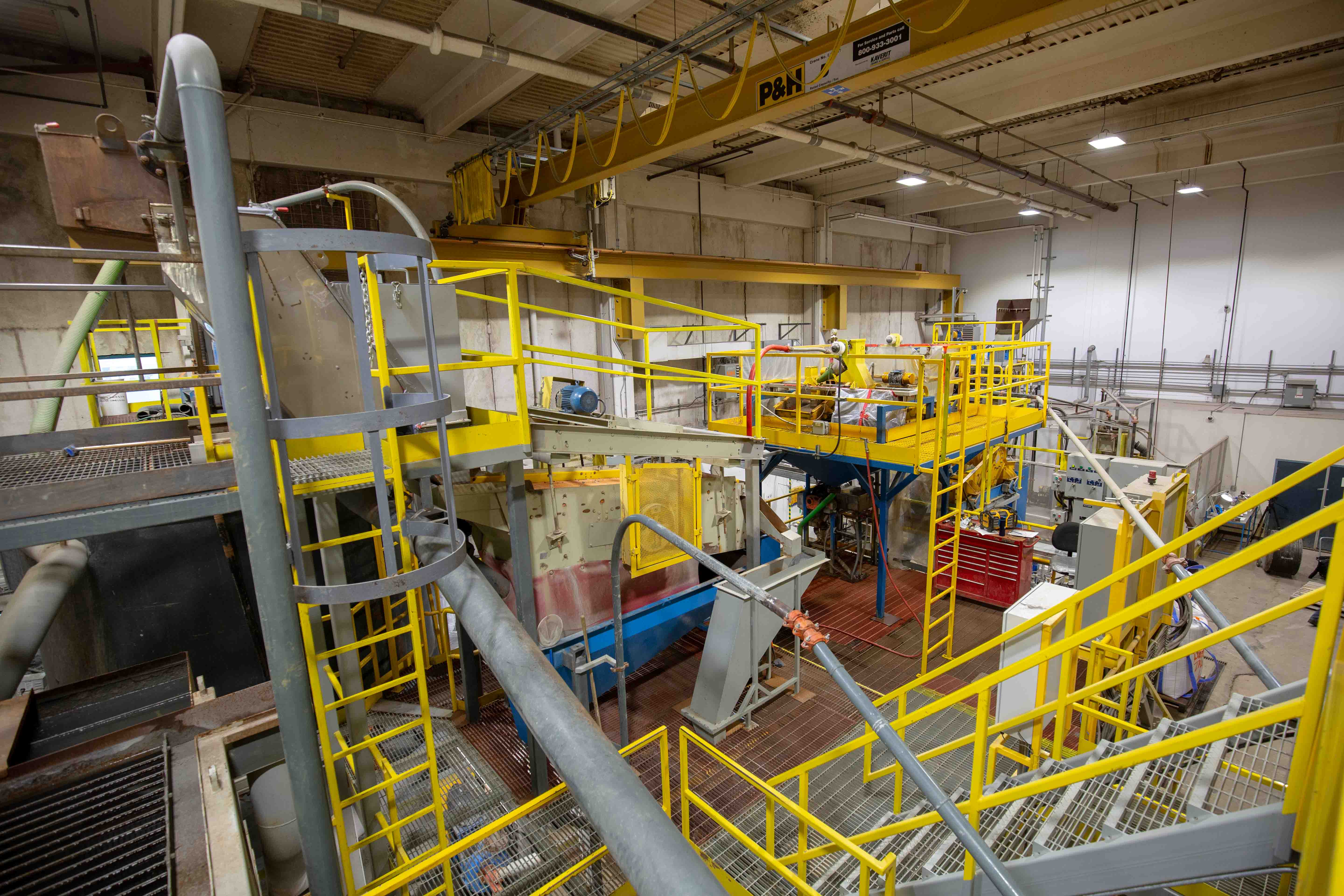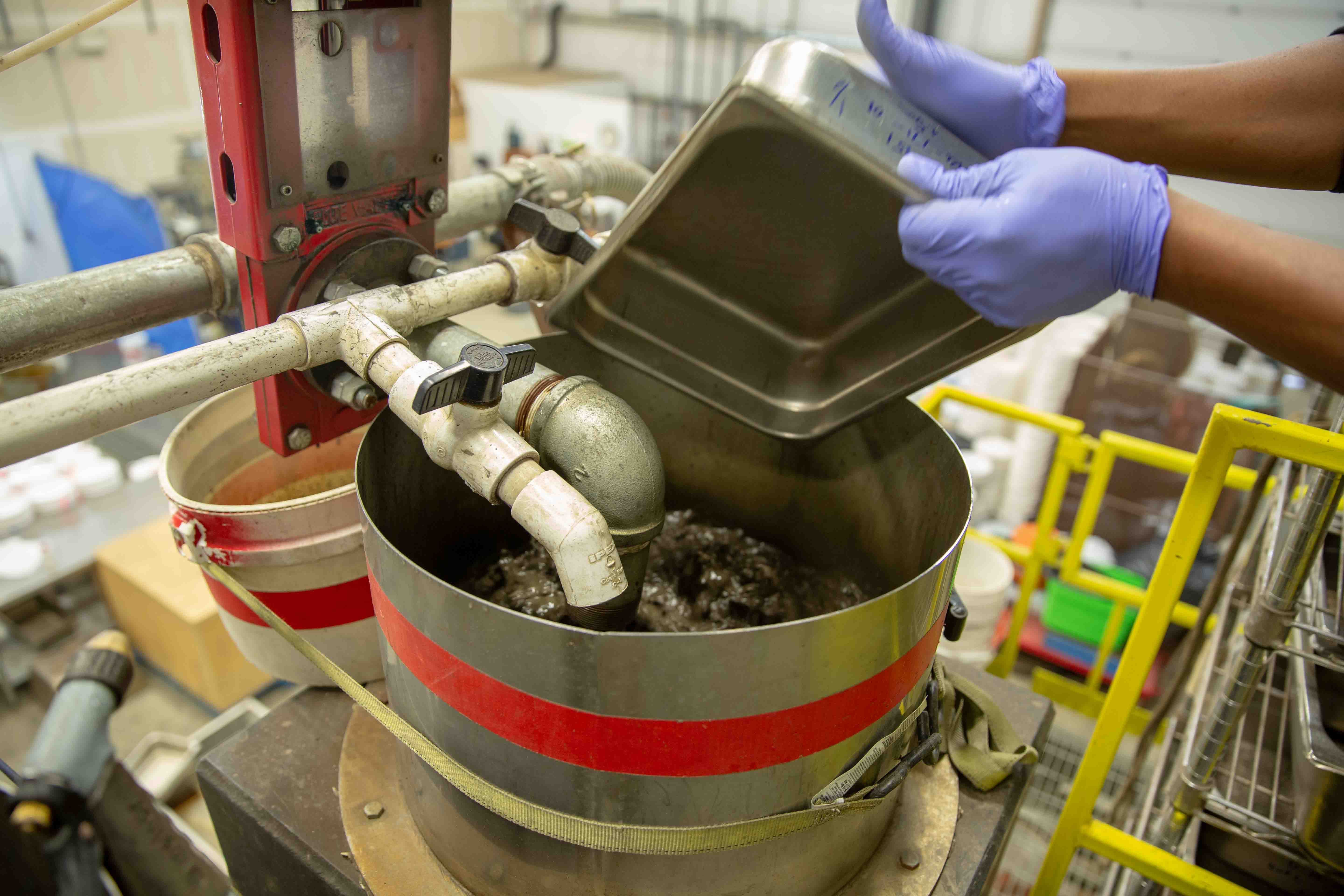This blog post is part of our Diamond Webinar Series with CIM Magazine. View the plant audits webinar and white paper to dive deeper into this topic. Sign up now to be notified of the next webinar.

When a mine operation evaluates how well its plant is performing, it’s important they have reliable, accurate data to compare the present to the past.
And it’s not just data from one or two pieces of equipment or a process that’s needed, everything in the plant needs to be measured and analyzed together to get a clear picture of how the plant is performing as a whole. It would be like going to a doctor with a headache–it might not be obvious right away what the problem is. Most doctors will consider how your entire body is functioning and what underlying issues might be causing your headache. It’s the same in a processing plant.
Like the human body, equipment wears down with use or changes in the material (geology) it’s processing, which is why it’s important to schedule regular audits. When technology changes, a mine can do some tests on the new technology to see whether it’s adding more value to the plant than the old technology.
With a plant audit, plant managers will have information to compare the new technology against, so they can see if the benefit outweighs the cost. It gives them the data to make informed decisions that have potentially significant impacts on recovery rates.
“When you can measure what you are speaking about, and express it in numbers, you know something about it.” – Lord Kelvin, 1883
A plant audit can provide clarity around questions a mine might have related to process and equipment improvements. But the whole process needs to be measured for a plant to improve its process, reduce its footprint, remove more waste or assess new technologies.
Why aren’t mines optimizing their plants now?
While some mines do evaluate the performance of their plants and make improvements, there are challenges that can seem greater than the cost, such as not enough time, people or knowledge to perform an audit, or competing priorities like meeting demanding production targets.
The risk is a mine might not have all the data to know how they operated before, so they don’t see the need to make changes because they don’t know what they’re missing.
Taking the time to evaluate processes and equipment in order to identify opportunities or errors may lead to improved recovery rates, less downtime and improved decision making.
When is the best time to audit and optimize a plant?
Plant audits should be done throughout the life of a mine. They are especially important after a process has changed or new equipment is added. If operating parameters change, then a plant audit is needed to see how that has affected the recovery rate.
When a plant shuts down for maintenance, this would be an ideal time to do an audit on how each process and each piece of equipment is performing.
Each group or team at the mine can do an audit on their process and then share this with management, so that management has the information they need to make informed decisions about the operation. An audit provides a clear picture of the whole story – from beginning to end.
And the benefit for each group is that they’ll understand their equipment better, which allows them to make more informed, timely adjustments.
Why is an outside perspective important?
An outside perspective is valuable because it’s an independent look at how a plant is performing, which not only includes asking the hard questions about what isn’t working, but also providing answers and solutions to make sure things are working as expected or better.
It’s important that the company coming into your plant to do the audit has the right experience and knowledge. At SRC, our experts routinely perform audits in our diamond lab, so we’ve seen firsthand where issues or errors can occur and how to mitigate them. If we can get a high-efficiency rate in our own facilities, then we can work with mines to achieve the same.
We can help a mine determine what they need to do in each of the process areas. Each plant is unique, so we evaluate the individual processes, inspect the equipment to make sure it’s calibrated correctly and review the testing parameters, and provide suggestions and solutions for where improvements could be made.
When equipment is not calibrated correctly, it leaves a lot of room for error and inefficiencies, as well as incorrect data collection. If your data is incorrect then any comparison or improvements you make may also be incorrect.
We’ve created equations that show what’s been recovered versus what’s in the ore, in terms of equipment performance in general and then how the equipment performs with a particular geology. For instance, you wouldn’t use an X-ray machine on something that doesn’t luminescence, as the X-ray machine can’t detect it. Diamonds luminescence (or glow) when they are exposed to X-rays, but kimberlite mostly doesn’t.

What are the different stages of a plant audit?
There are many different recovery processes in a diamond plant. It’s important to note that we focus on the tails (the ore that’s discarded from the concentrate). We’re not as interested in what’s being correctly reported, but what’s being missed and is remaining in the tails in each stage of the process.
This is where you’ll find the lost revenue and inefficiencies.
Not every plant has these stages, but these are the common ones we evaluate and optimize and what we look for:
1. Comminution
- Common problem: Lock up during crushing, which prevents a diamond from being properly liberated (released) and it’s still held within the kimberlite.
- What we look for: How can you improve your crushing (e.g., change your gap size, change the pressure on the high-pressure grinding roll, change the residence time in the mill)? Why is the diamond not being liberated (e.g., size issue, rock issue, a clay issue)?
2. Dense Media Separation
- Common problem: Cyclone density cut-point too high, small diamonds too close to the break-away size of the cyclone.
- Other problems: Diamonds ending up in the waste because something is affecting their density.
- What we look for: Why is the diamond not reporting to the concentrate? Is it small and close to the break-away size, does it have an inclusion or flaw in the diamond that has caused its density to drop? Is there some material stuck to it because it wasn’t fully liberated which is causing it to float?
3. Magnetic Separation
- Common problem: Diamonds are not magnetic, but they are reporting as magnetic and being separated from the concentrate.
- What we look for: Is there a magnetic inclusion on the diamond? Is the cut point too low or too high and does more material need to report to the non-magnetic concentrate?
- We also ask: What is the value of the missed diamonds? If they aren’t as valuable, there is less material to be hand sorted, so you’ll benefit from a higher throughput. A small economic loss is better to have if you can streamline the downstream processes.
4. Luminescence
- Common problem: Diamonds in the tailings aren’t luminescing when exposed to X-rays. A scavenger technology can reprocess the tailings to see if it can recover anything that wasn’t luminescing.
- What we look for: Is your equipment set to the right sensitivity? How about the sensitivity of downstream (second pass) X-ray machines? The second machine should be more sensitive than your first machine.
To measure is to know
A processing plant audit is a useful tool for optimizing processing parameters, which often change over the life of a mine. Plant audits are invaluable for assessing the performance of each processing technology. With our expertise, we can assess all the individual components and put them together, so a mine can see how all the parts contribute to the overall plant performance.
Although we focused on optimization in relation to diamonds in this article, the same concepts apply to other commodities. If you’re not measuring, you don’t know what you’re missing.
Interested in learning more? Check out our on-demand Diamond Webinar Series.
This story was co-written by former SRC employee, Jane Danoczi.
